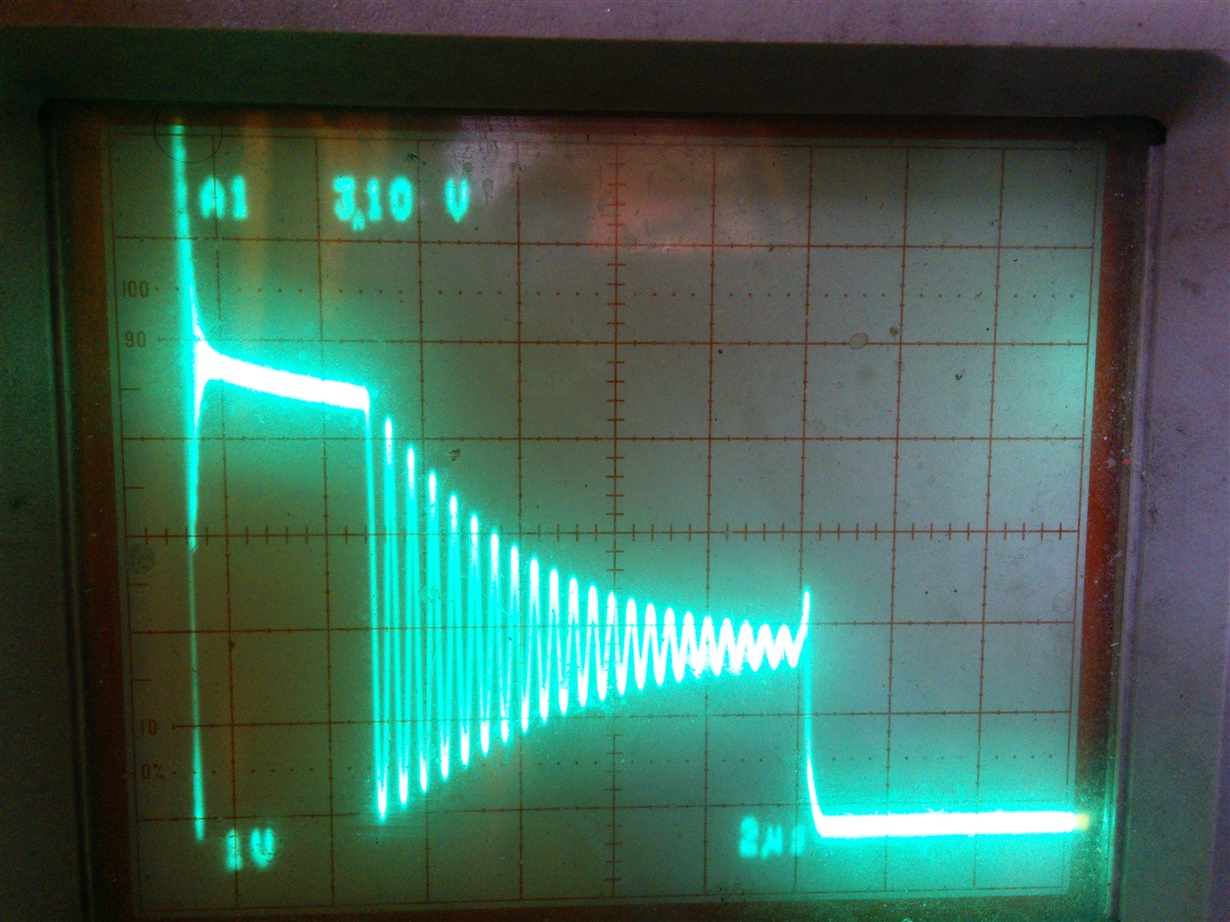- Ask a related questionWhat is a related question?A related question is a question created from another question. When the related question is created, it will be automatically linked to the original question.
This thread has been locked.
If you have a related question, please click the "Ask a related question" button in the top right corner. The newly created question will be automatically linked to this question.
I have designed a circuit in which the input can be anywhere in the range of 11 to 26 volts, and the output is adjustable from 2 to 40 volts at up to 5 amps. It's working OK, but the boost Mosfet is getting hotter than I think it should when the circuit is boosting the input voltage. If the output voltage is less than the input voltage I still see the ringing, but heating is not a problem because at lower output voltages the load current is much less. . Looking at the waveform on a scope, there is a lot of ringing on the inductor. I'm not seeing much of the ringing on the gate of either Mosfet. I've tried changing the oscillator frequency and changing the inductor, and I can change the appearance of the ringing, but it's always there. If this is normal I'll just add more heat sink to the boost Mosfet. What do you think?
On the attached waveform the vertical scale is actually 10 volts/div (10X probe).
Thank you very much for your reply. That information is VERY helpful. I mainly design with analog and logic circuits, so this is a bit out of my comfort zone.
I changed to a different inductor, changed the oscillator frequency, and modified the gate drive circuit. Does this look better to you?
BTW- I did start out by using Webench, but since I needed to vary the output voltage over a wide range I'n not sure I did it correctly.